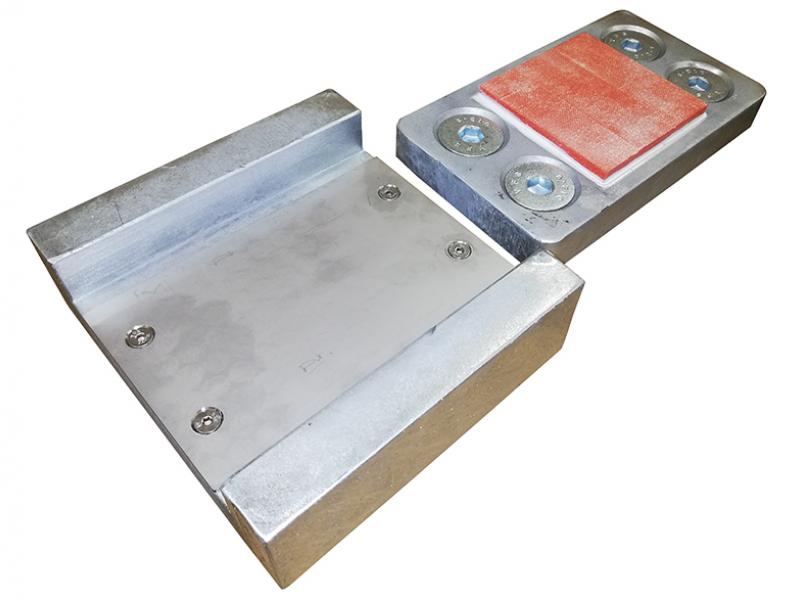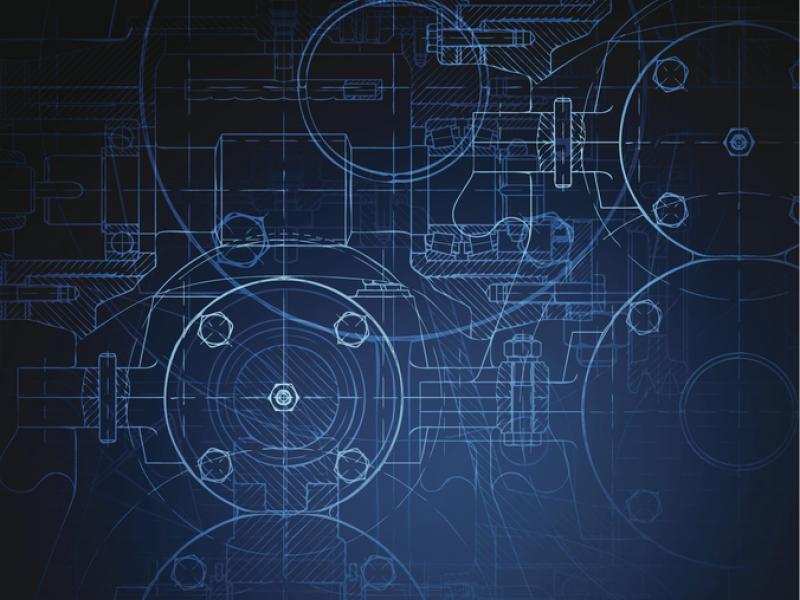3D is a gamechanger for people like Violet Pietrok. The two-year-old was born with a rare deformity called a Tessier facial cleft, which meant she had a large growth over her left eye, which was set very far apart from her right eye and she had no cartilage in her nose. The bones that typically bond to form the fetal face did not join together properly in Violet’s case.
But six months ago, doctors were able to make a perfect replica of Violets skull using 3D printing technology, which enabled them to practice on the model before they embarked on dangerous surgery on the baby’s real face. Part of the surgery included making cuts through her skull very near the optic nerve, so to be able to practice was invaluable. Reconstructive surgeon John Meara said practicing on Violet’s 3D skull helped the surgical team identify some issues that they modelled prior to actual surgery, meaning they were not faced with making critical decisions in the operating room. The surgery took several hours but was ultimately a success, say media reports. You can see how 3D was Violet’s gamechanger at childrenshospital.org.






